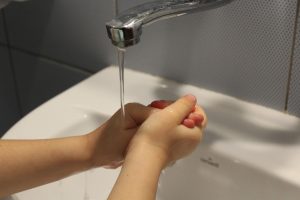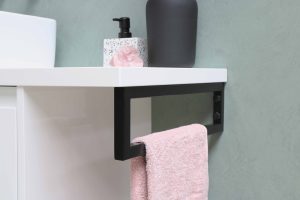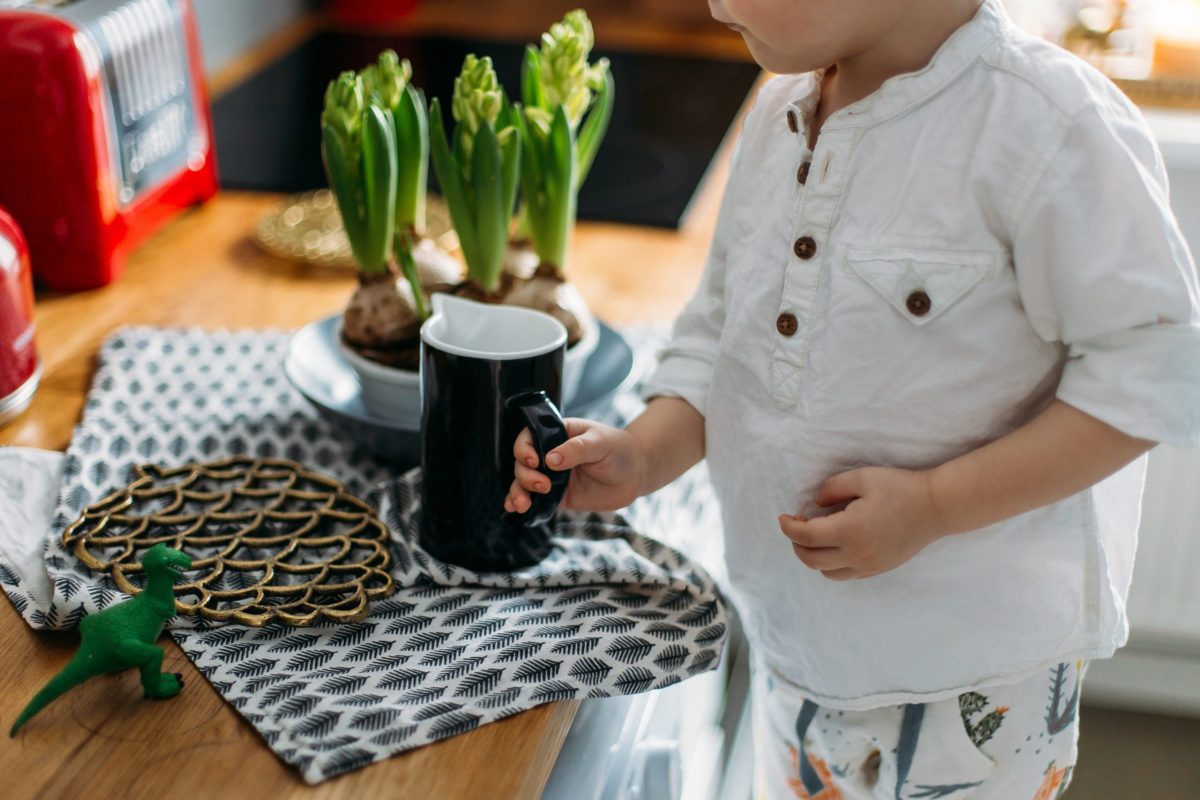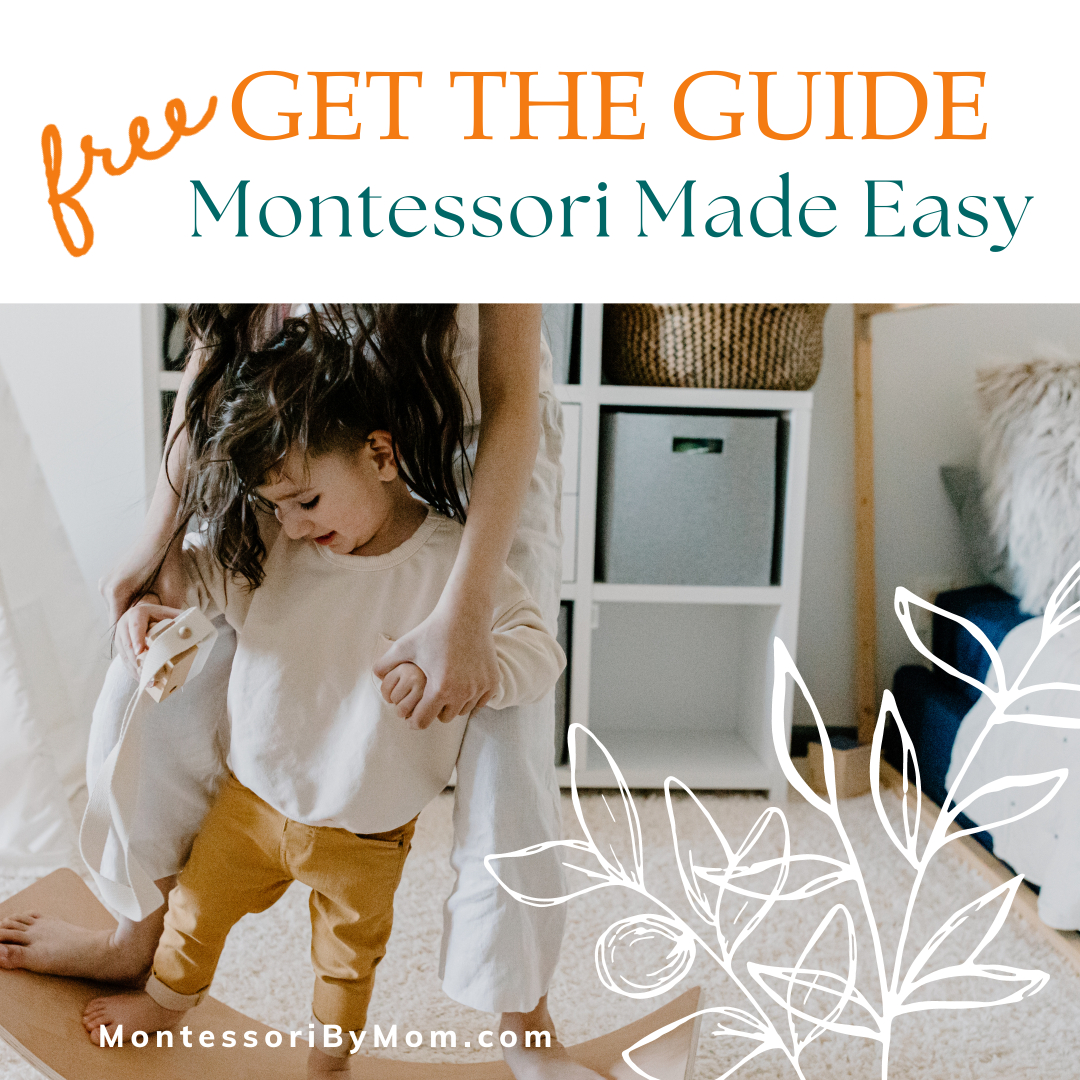A Child-Accessible Montessori At Home Setup
Imagine working a job in which you can’t reach your tools, your materials are hard to find, and your equipment keeps breaking down. It would likely be frustrating to complete your work. The same is the case for children. Creating a child-accessible Montessori at home setup eliminates some of these frustrations so your child can focus on what matters most.
In addition to eliminating frustration, an accessible environment encourages independence, gives kids the opportunity to learn practical skills, and creates a child-led environment. Here, we’ll expound on these benefits and give you practical tips for making your Montessori home more child-accessible.
Accessibility Supports a Child’s Independence
Having access to the materials they need for work or play lets kids act independently. Parents create a child-accessible Montessori at home setup through the use of stools, child-sized furniture, and low-hanging shelves and hooks.
When my young son reaches for a set of toys on a low-lying shelf, he can play without any adult intervention. Similarly, a stool gives him the ability to wash his hands without help from an adult. Adults are there to observe and help if needed, but the majority of the time, it’s an independent activity.
In the kitchen, giving my kids access to the counter with a stool enables them to help cook and clean up after a meal. Child-size kitchen tools are another great addition to the kitchen. I have noticed that over time, these acts of independence build my kids’ confidence in their ability to solve problems. There is a general attitude that they can play and work without an adult hovering over them, directing every step.
I want my kids to feel empowered to follow their desires and meet their own needs. Giving them access to the materials and tools they need to play and work is one way to build self-confidence and independence.
A Child-Accessible Montessori at Home Setup Encourages Kids to Hone Practical Skills
The Montessori Method encourages teaching kids practical life skills. Practical life activities develop confidence, pride, and fine motor skills. A child-accessible Montessori at home environment helps kids work on these practical skills. Giving kids access to the necessary materials helps them take part in everyday practical activities.
Self-care tasks, like brushing teeth and getting dressed, are great opportunities for developing practical life skills. Tasks to care for the environment, like sweeping the floor and setting the table, are another great opportunity.
 One practical skill that has been helpful for my kids is washing their hands. This has significantly lightened my load as a parent simply because we wash our hands so many times each day. By providing my kids with a stool, foaming hand soap, and a hand towel, they can access everything they need to tackle this task. I also invested some time in teaching them the steps of washing hands. Adults still oversee their work and step in if needed, but the children take the lead.
One practical skill that has been helpful for my kids is washing their hands. This has significantly lightened my load as a parent simply because we wash our hands so many times each day. By providing my kids with a stool, foaming hand soap, and a hand towel, they can access everything they need to tackle this task. I also invested some time in teaching them the steps of washing hands. Adults still oversee their work and step in if needed, but the children take the lead.
Montessori emphasizes practical skills with the understanding that these skills teach kids responsibility and concentration. Additionally, children develop a sense of purpose when they can take part in everyday practical skills. These skills take time to learn and develop.
A Child-Accessible Environment Lets the Child Lead
A child-accessible Montessori at home setup supports a child-led environment. Following the child’s interests and desires is a key Montessori principle. In Montessori classrooms, children are free to engage with materials and activities that interest them. They are also generally free to use them for as long as they like. Parents can create a similar environment at home.
 When kids can freely access toys and activities at home, they feel empowered to follow their innate curiosities and desires. Everyday tasks like washing the dishes and cleaning up spills can be very interesting and educational for kids if they are involved. If kids cannot get to the toys and materials they would like to use, they may not be able to explore that interest.
When kids can freely access toys and activities at home, they feel empowered to follow their innate curiosities and desires. Everyday tasks like washing the dishes and cleaning up spills can be very interesting and educational for kids if they are involved. If kids cannot get to the toys and materials they would like to use, they may not be able to explore that interest.
When my twins were between 1 and 2, I purchased a big toy box for our living room that held all the toys we owned. It was a beautiful toy box and it superbly held all of the toys just as it was supposed to. The problem was that my young twins couldn’t often get to the toys they wanted to play with. An adult had to get them out. They could reach the toys on top, but the twins were too small to reach the toys on the bottom of the toy box. They could not freely explore and they were dependent on an adult to facilitate their play.
Over time, we realized that open shelving with compartments for various toys and activities works better for our family. The kids can access what they want and are able (on good days) to put things back in their place.
Ideas to Improve Montessori at Home Setup Accessibility
The details of making areas within a home child-accessible naturally vary from space to space. Generally, keeping the materials that kids need visible and low to the ground can be helpful. Additionally, sturdy stools that allow kids to reach items they need are often useful.
 Making the kitchen child-accessible might include a stool so that kids can reach the counter and a low cabinet with utensils, cups, and plates for kids. In the bathroom, parents might prepare a low-hanging hook for towels and a basic tray with a toothbrush, toothpaste, and cup. A stool may also be needed for kids to reach the sink.
Making the kitchen child-accessible might include a stool so that kids can reach the counter and a low cabinet with utensils, cups, and plates for kids. In the bathroom, parents might prepare a low-hanging hook for towels and a basic tray with a toothbrush, toothpaste, and cup. A stool may also be needed for kids to reach the sink.
Making the home child-accessible requires parents to think often about their home environment and their kids’ needs. There is often some education that involves accessing such areas, and safety is always important. For instance, if kids have a stool to reach the sink for hand washing they will need to learn the routine for hand washing. They also need to learn some general rules about plumbing, like what can and cannot go down a sink. My son once tried to rinse an entire bucket of mulch down our bathroom sink so this topic hits particularly close to home.
Overall, making our home more child-accessible has been a positive experience for our family. I encourage parents to think of small ways that kids can safely explore their own belongings and engage in self-care. Making gradual shifts to create a child-accessible Montessori at home setup is a great way to reap the rewards of growing independence, learning practical skills, and fostering a child-led environment.
Kelly Marie is a former scientist and mother of three young kids. She enjoys writing about her experiences in parenting and regularly creates free printable resources for parents and teachers for her blog Hey Kelly Marie. She currently lives in Kentucky with her family.





0 Comments